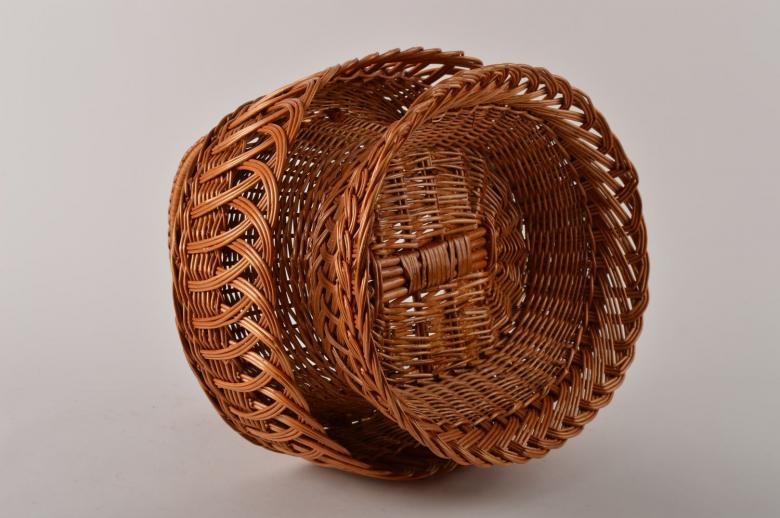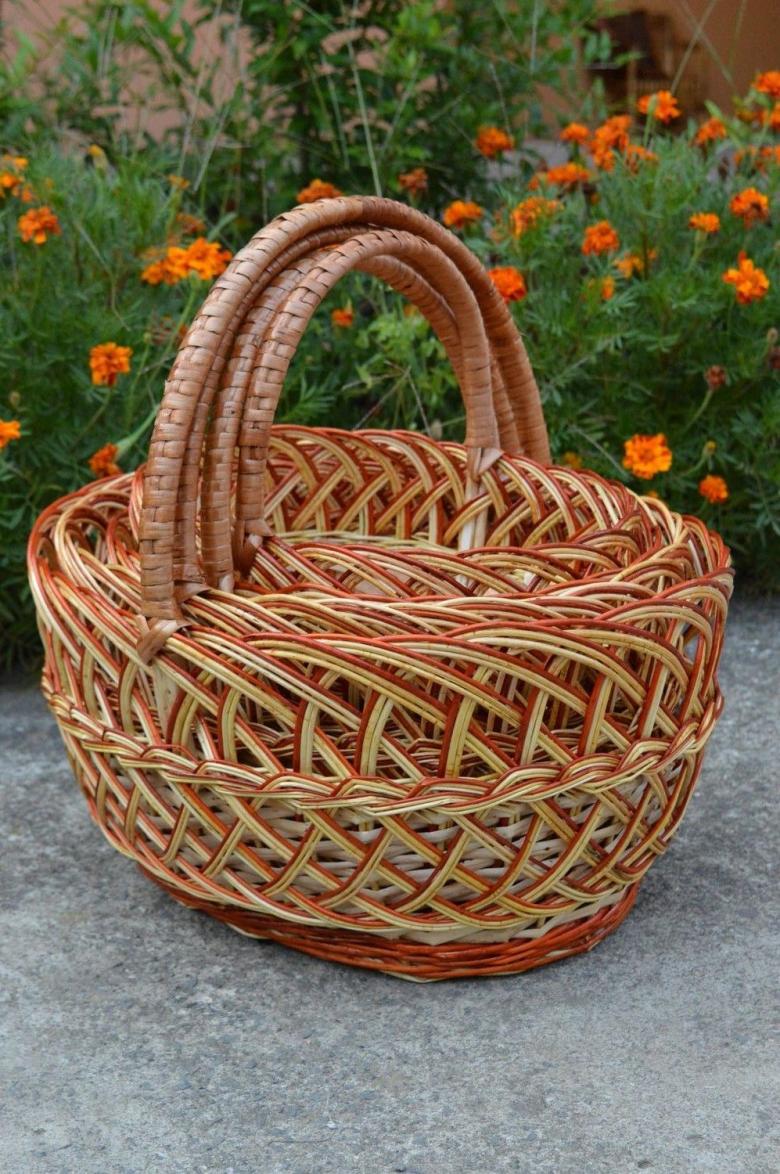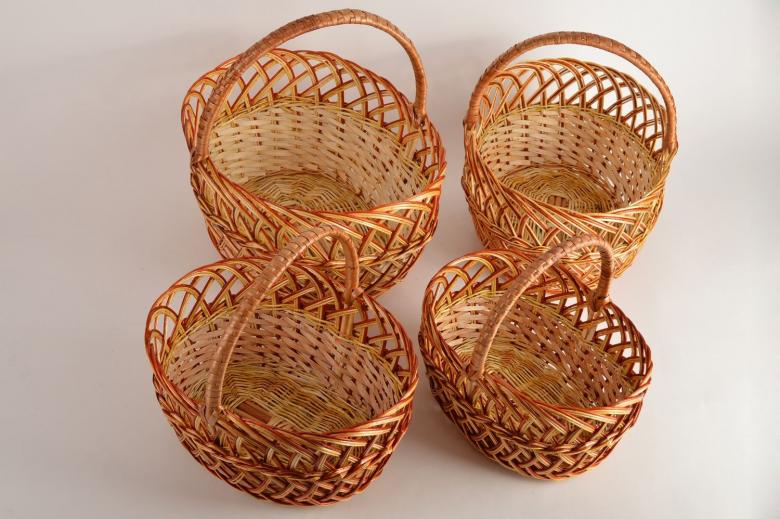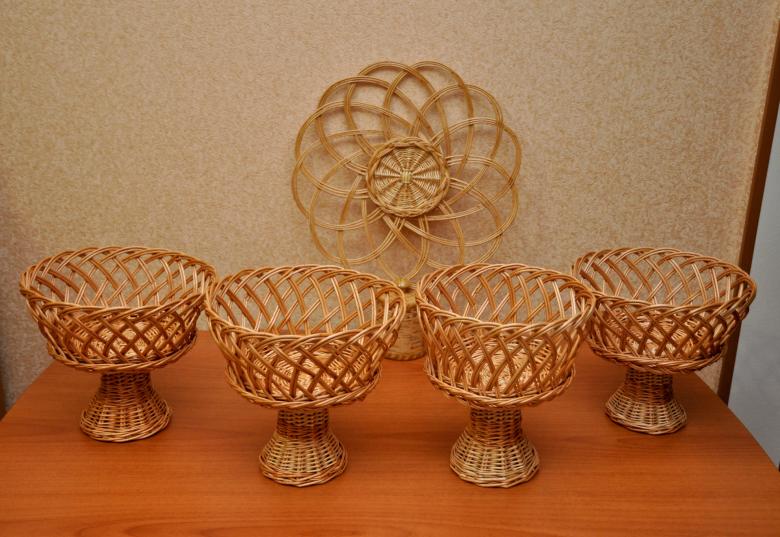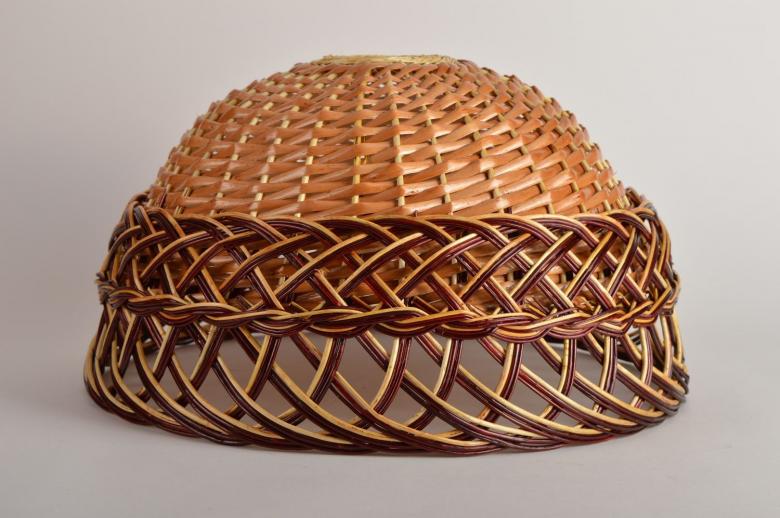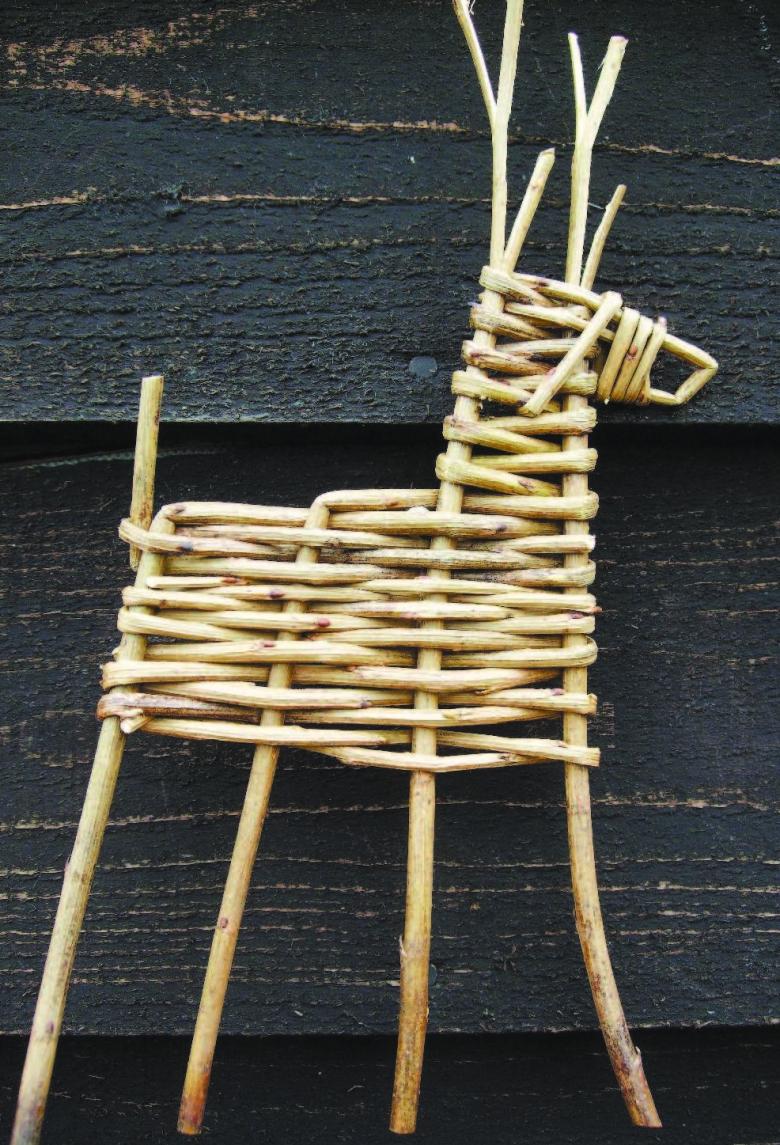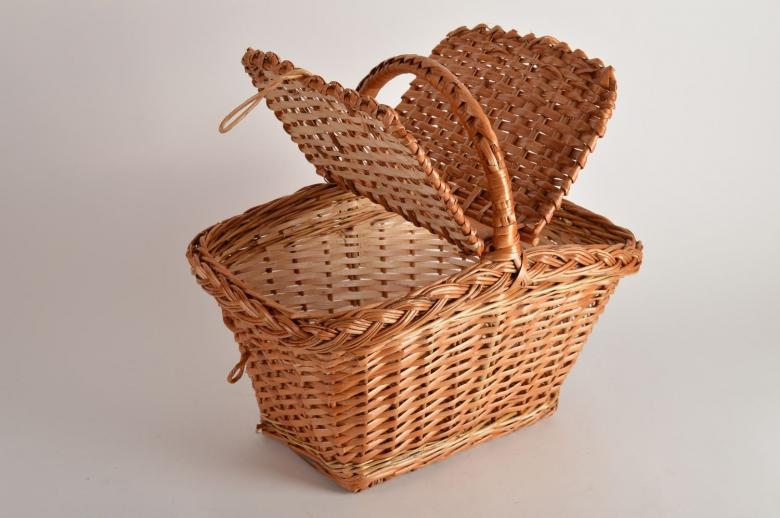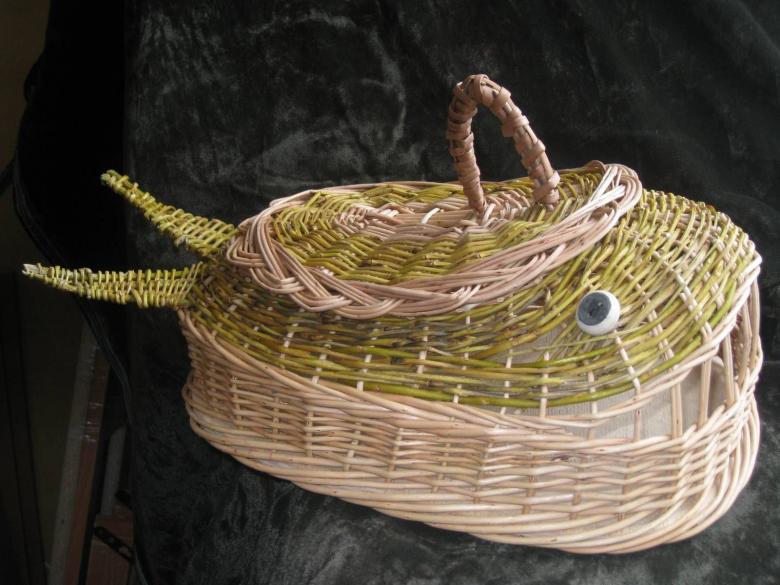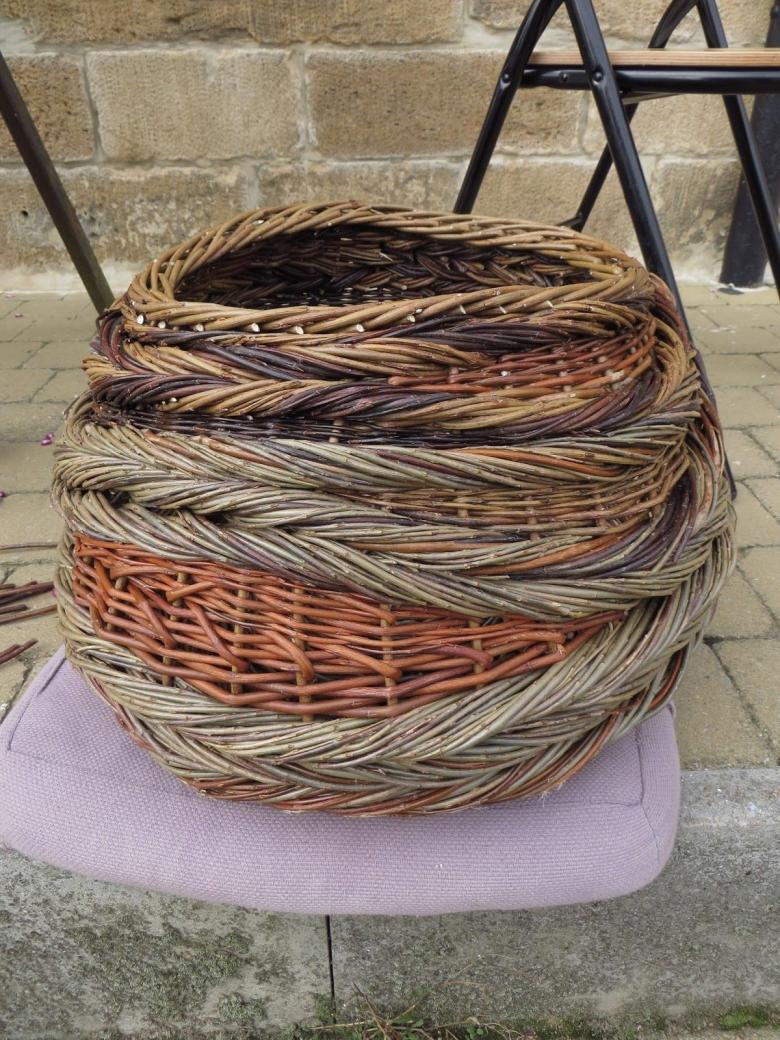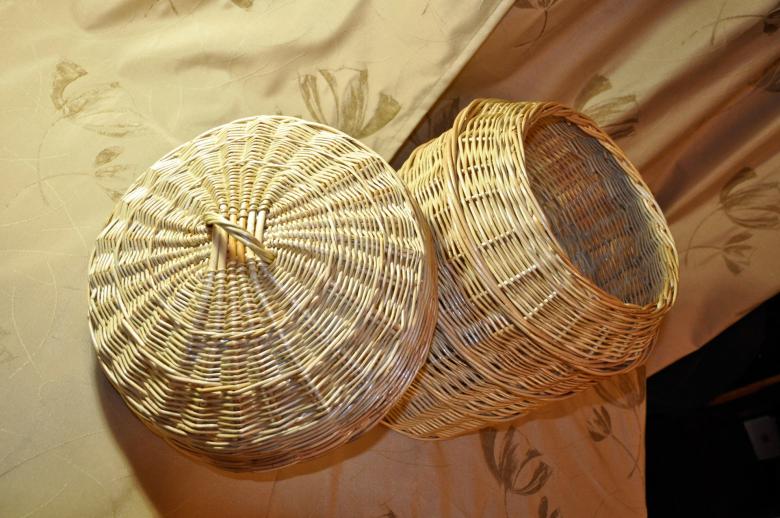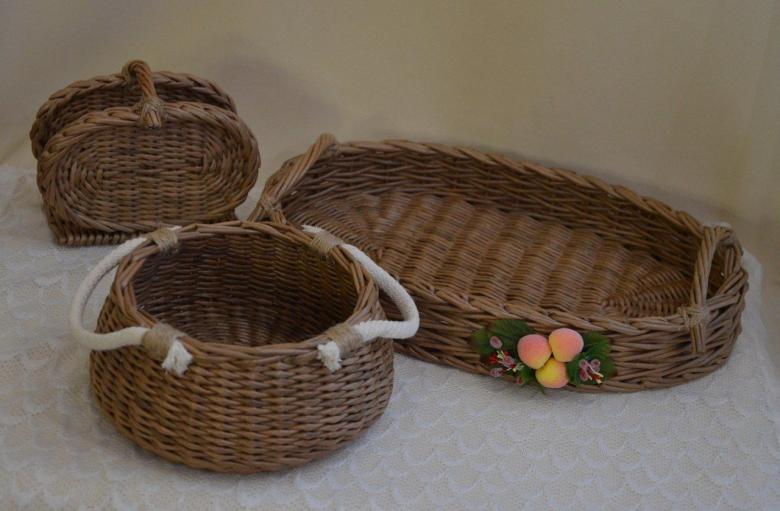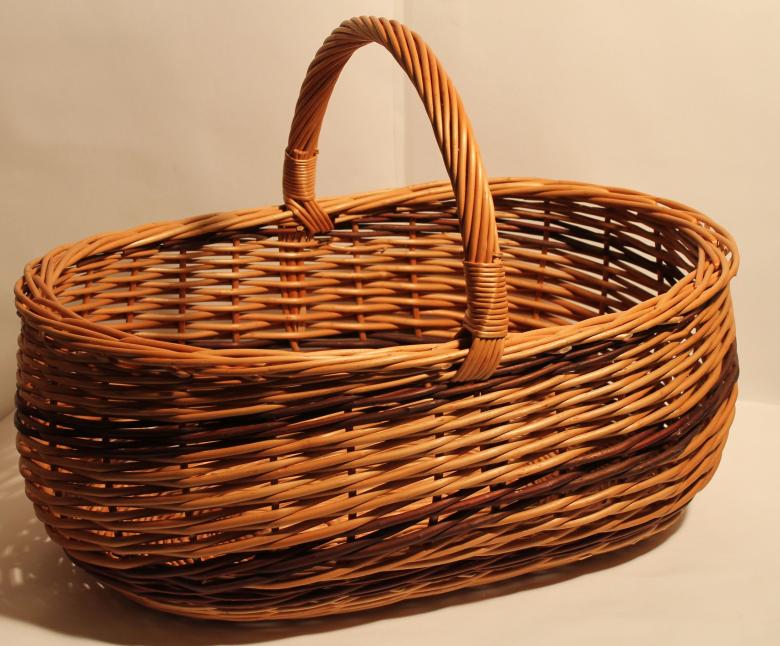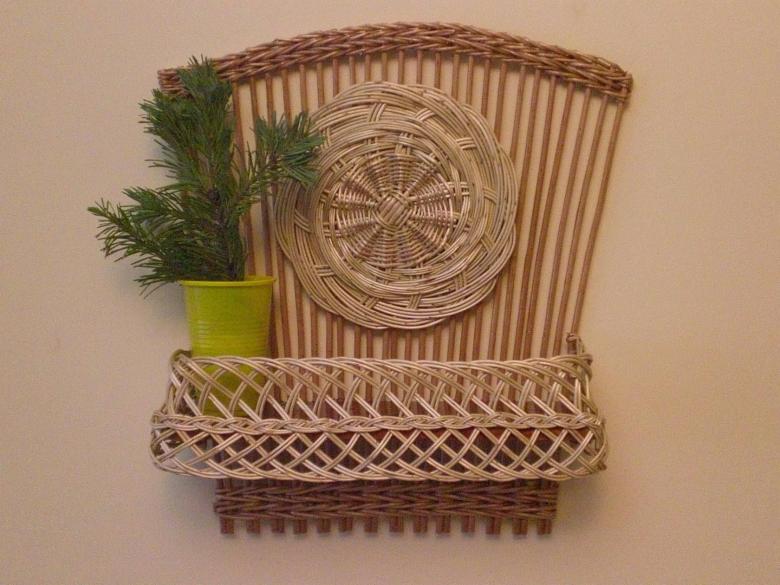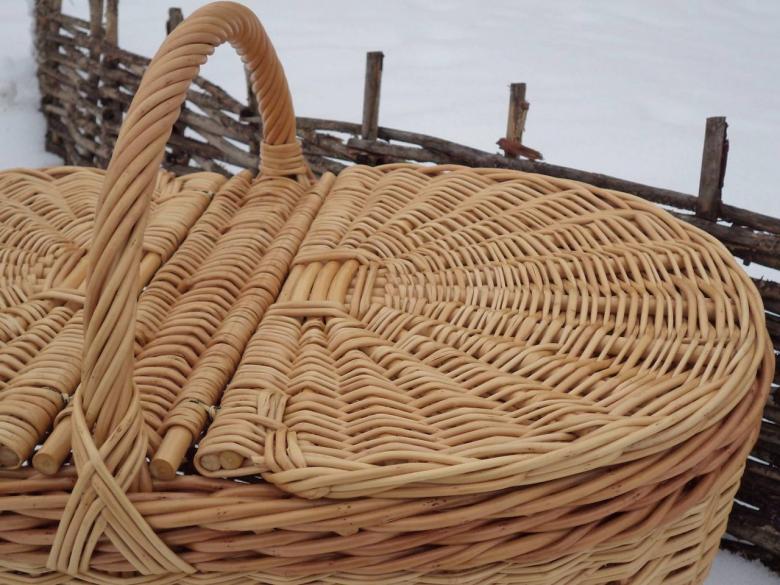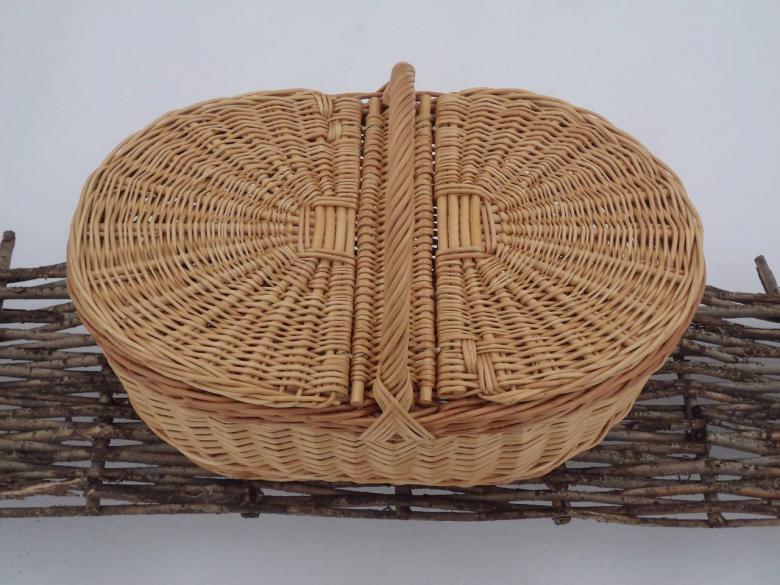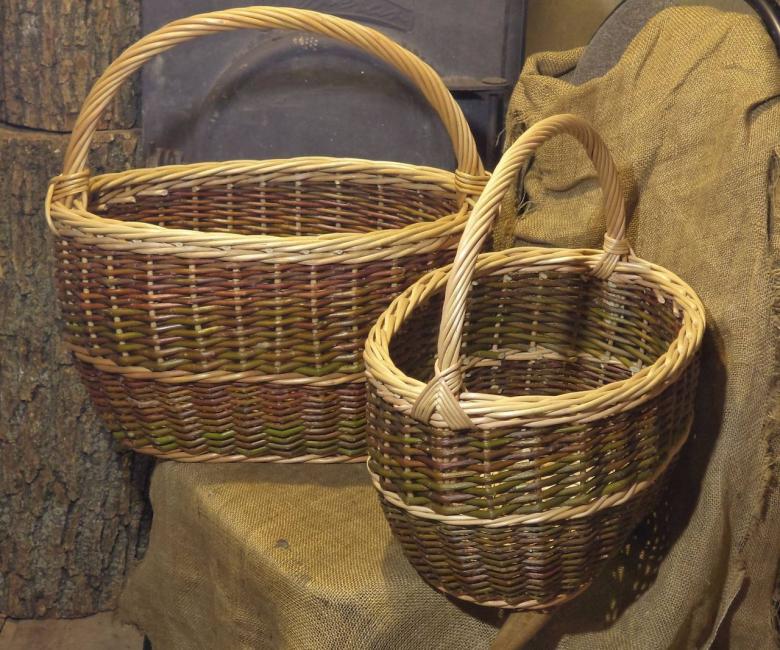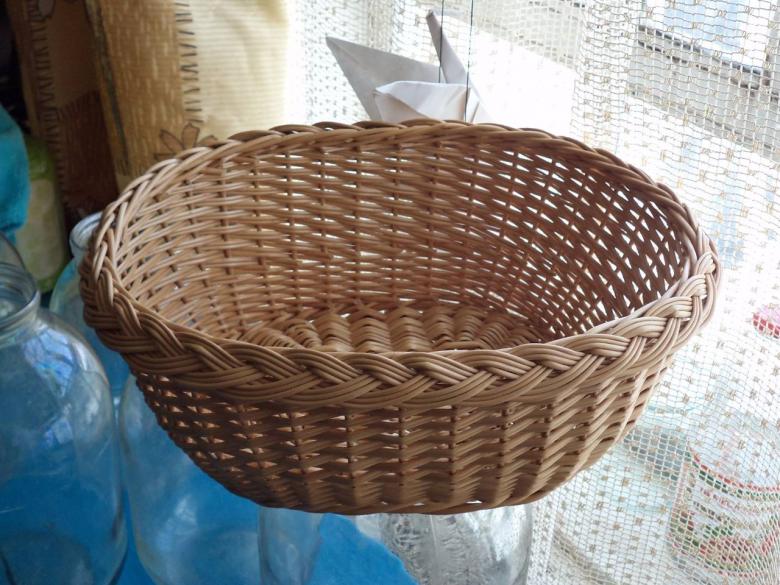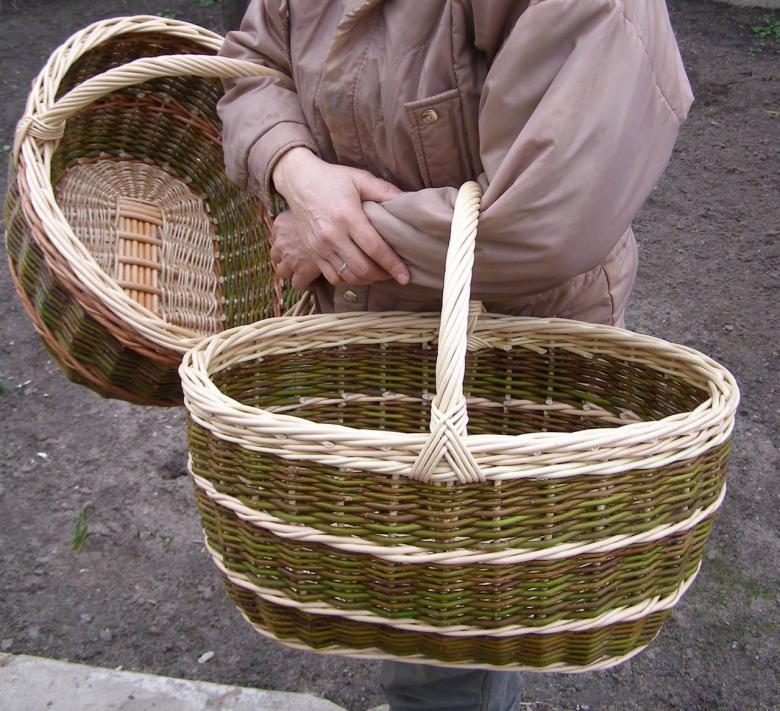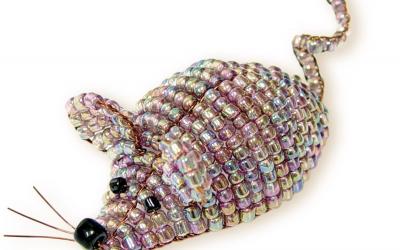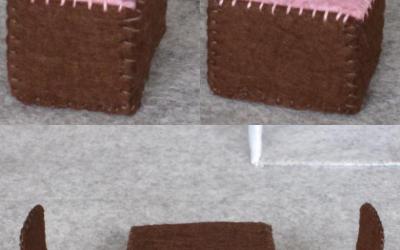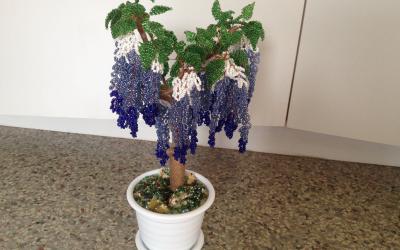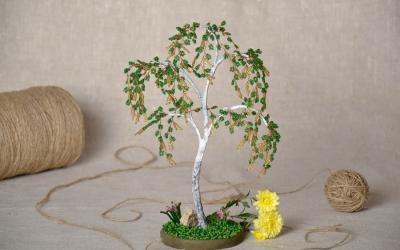Weaving out of wicker for beginners - an overview of the variety of techniques and nuances of weaving, photo ideas and tips
Weaving of wickerwork belongs to the most ancient types of arts and crafts. It was used to create numerous household items, but masters tried to diversify the patterns, to give their products originality and attractiveness.
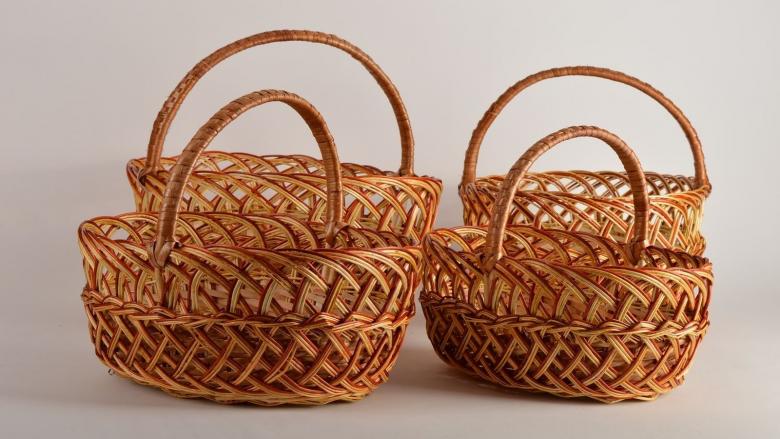
It is difficult to name a corner of the world, where in one way or another, vine weaving, which has become a part of the cultural heritage of folk art, was not known.

The variety of wicker objects
Accessories and numerous things made in the wicker method were so widespread that they can be seen in paintings and other images from centuries ago.
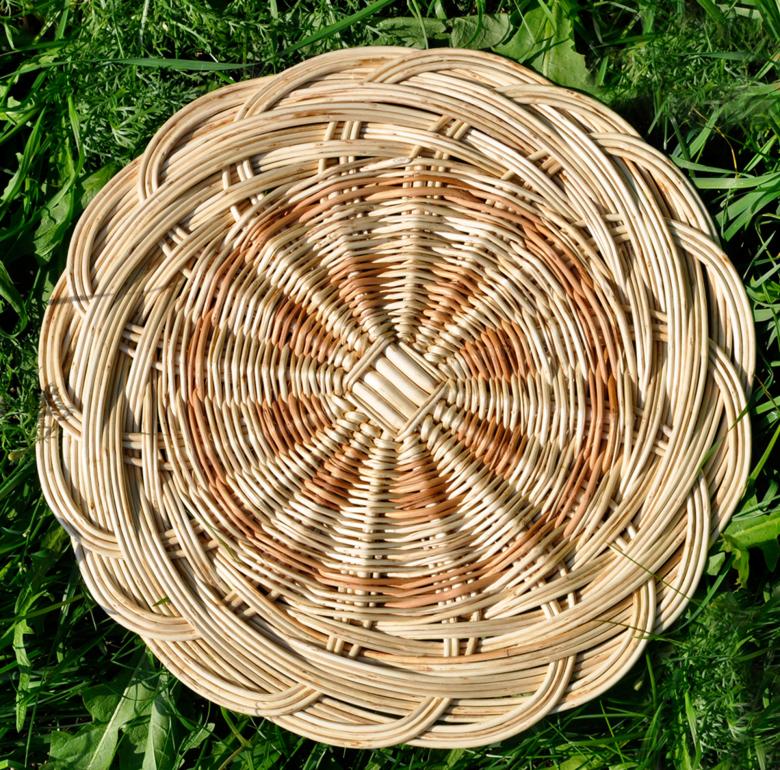
Some wicker boxes, baskets, chairs, chests, and trays may have miraculously survived in the dusty attics of old buildings. Items found in good condition, rare in beauty, are on display in ethnographic museums.
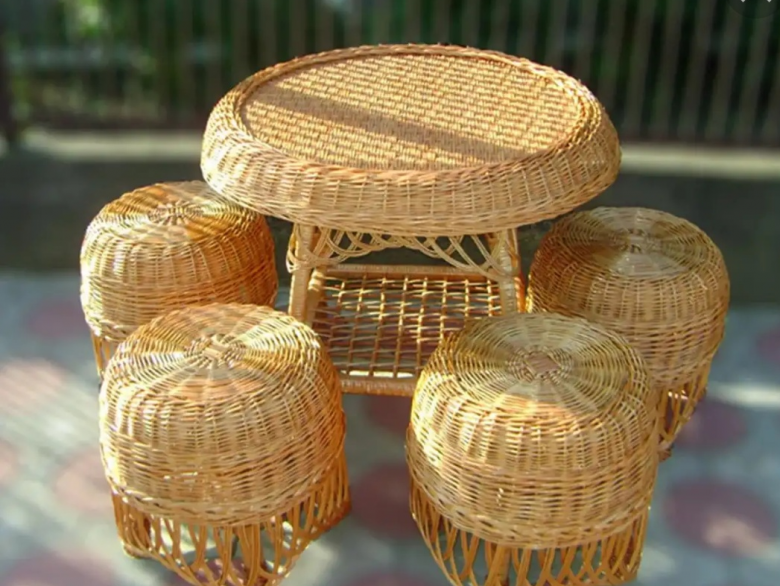
Unique artifacts, woven from vines, are found in many countries of the world, which indicates the demand for this type of craft not only in the villages, but also in urban life.

Choice of material for weaving
In the case where a person is already familiar with paper vine weaving for beginners, you can try to use willow twigs to create interesting products. In addition to the popular bough, willow or flexible hazel, you can experiment with any available material that will not break in the weaving process.
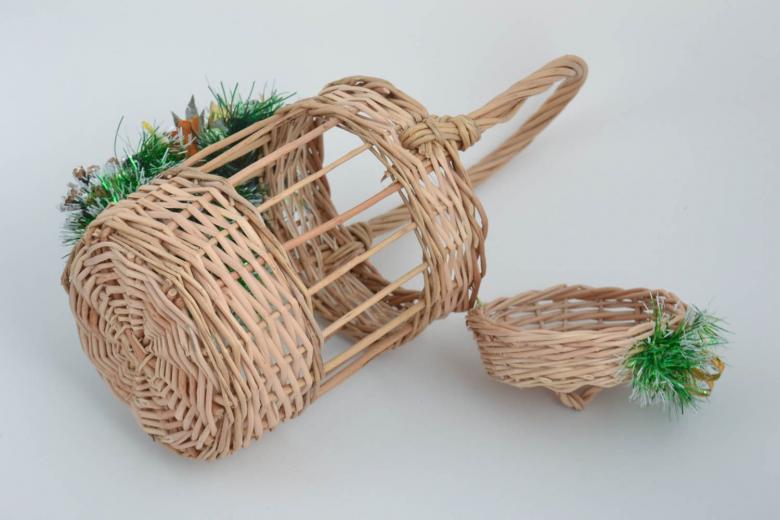
In the south, weaving from vines cut in the spring is well known. In principle, branches of any trees and shrubs that bend well and retain these qualities in dried form can be suitable for work.
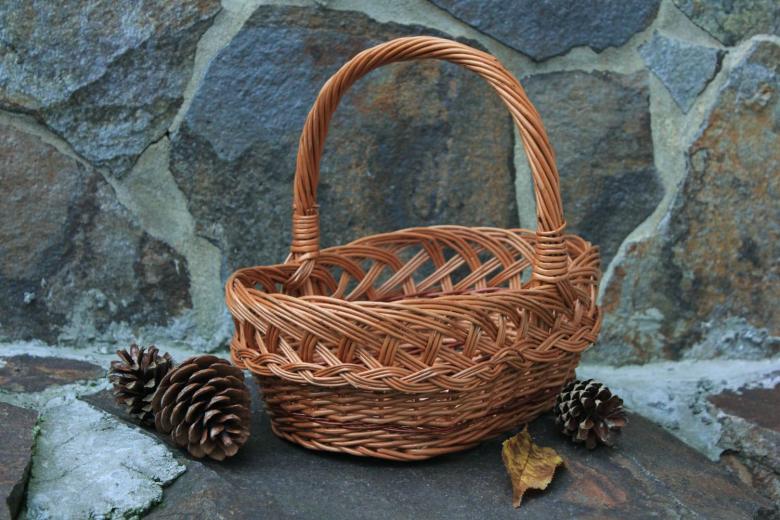
The branches are prepared in autumn or spring, when they are in the process of growth and do not break as in summer or winter.
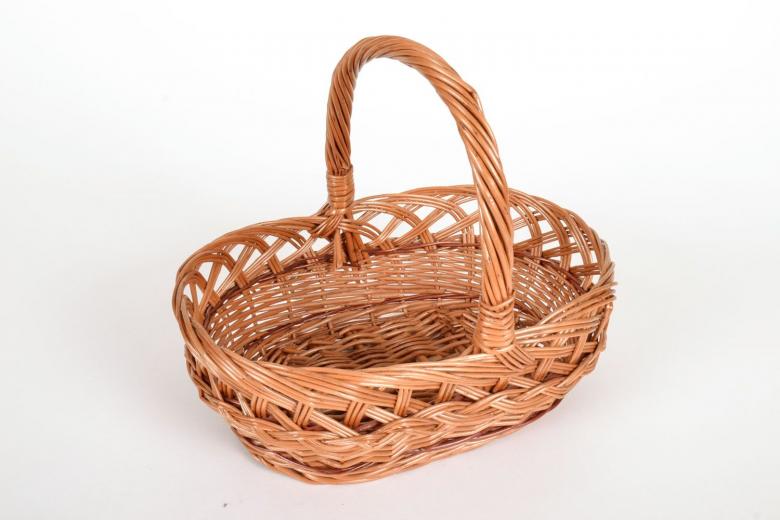
Preparing the twigs for work
From what subject a person wants to master willow weaving for beginners, he can use branches covered with bark or peeled. From the vine with bark make decorative fences in the cottage or yard plot, large baskets for collecting fruit or mushrooms, garden furniture.
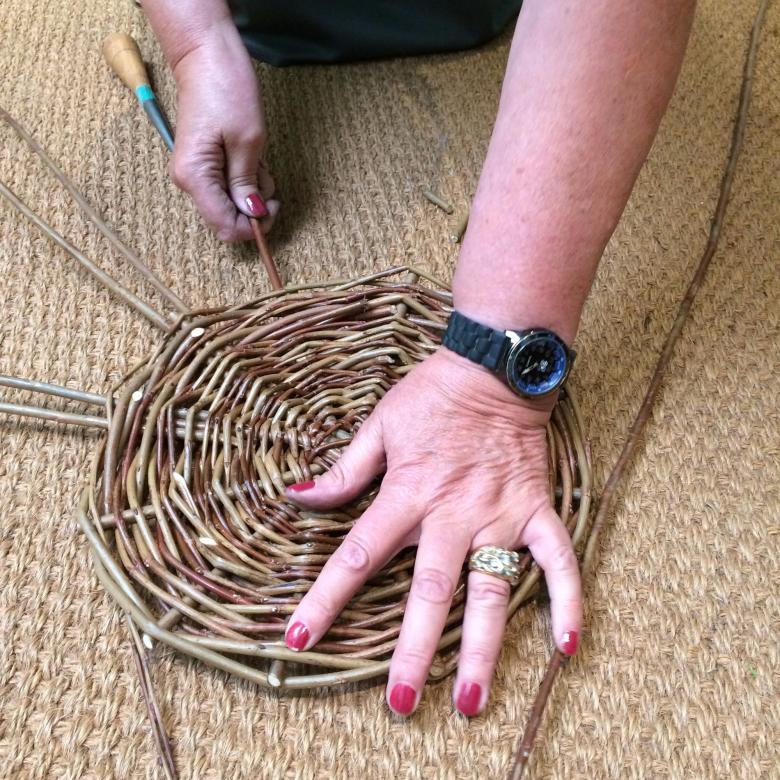
The debarked or peeled vine is suitable for making dishes, home furniture, lampshades, cribs, bowls to carry on the back, boxes, and many other fine items. To remove the bark easily, the twigs are boiled by stacking them in a ring at the bottom of a container, and then poured with cold water.

Storing the twigs from the vine
Branches of the right length, without defects and side branches, carefully cut with a sharp knife or secateurs so as not to damage them, and then lay them out on wooden benches, under a shed or in the attic.

Do not dry vines for weaving in the open sun - this process should be gradual, otherwise the material will crack and fall into disrepair.
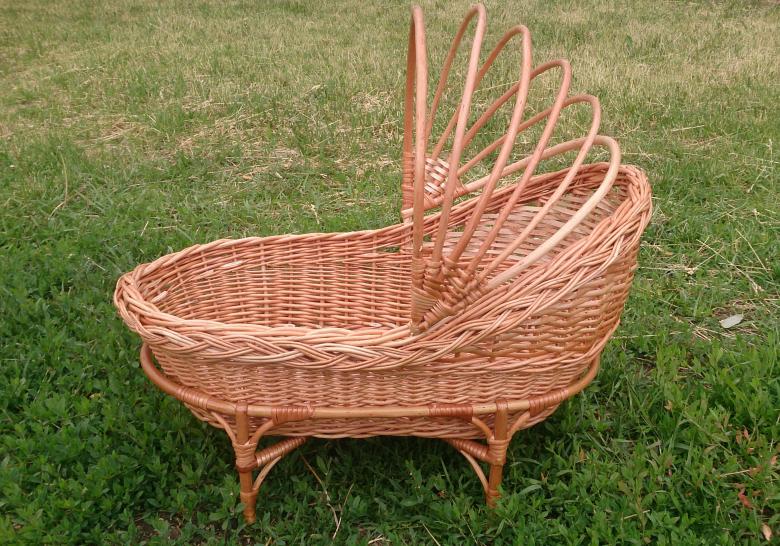
Dry billets can be stored for 3-4 years in a dry room with an average temperature.
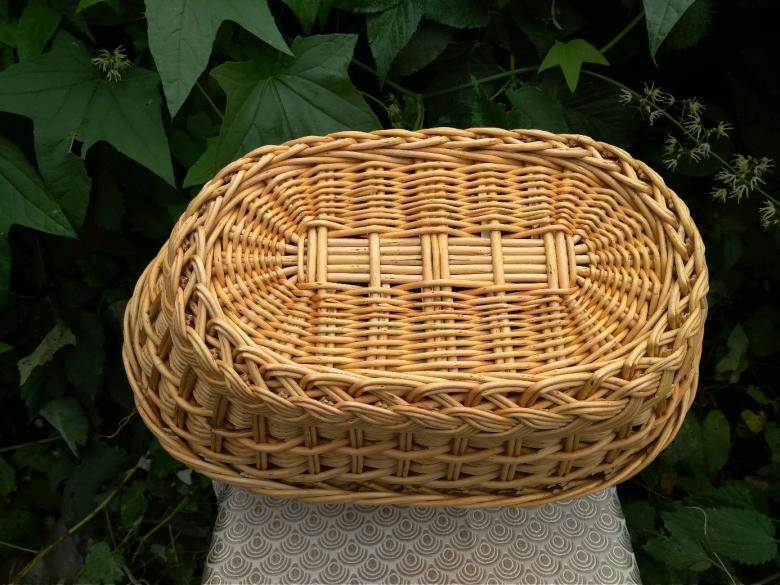
Sorting the Twigs by Size
Twigs of different diameters and lengths are used for different purposes, which experienced craftsmen recommend dividing into 3 main types:
- fine, with a diameter of 2 to 5 mm and a length of 50-100 cm;
- medium, with a thickness of 5 to 10 mm, with a length of 100-250 cm;
- large, longer than 300 cm and a thickness of 10 to 15 mm.

Thicker branches are used for making supporting parts of wicker furniture, but such work can be undertaken by sophisticated manufacturers, and those who know only the techniques of wicker from newspaper vine for beginners can begin training with easier tasks.

First experiments in weaving
The simplest and most common item available to those wishing to learn how to weave from paper vine for beginners step by step is an ordinary basket. On this example, you can master the principles of work. Start with a stronger base or bottom.
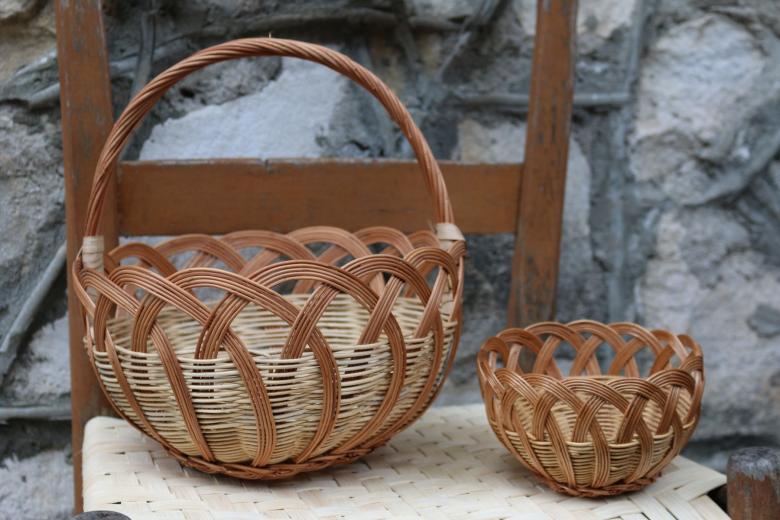
To create it, it is necessary to take 8 pieces of equal length and arrange all of them crosswise. Starting from the center of the intersection you should braid all the outputs of the segments, trying to fix their position. Making 3-4 turns around the middle of the future bottom, you can distribute all 16 beams, located at equal distances from each other.
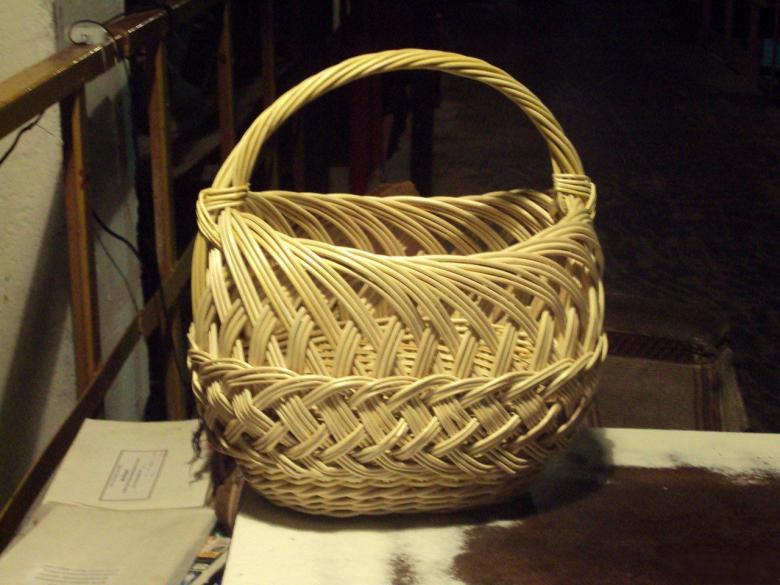
After that, each twig must be braided in a "serpentine" way and proceed to the sides. All vertical parts are braided by outputs from the bottom, which are also fastened in the process of weaving the initial sides of the product.
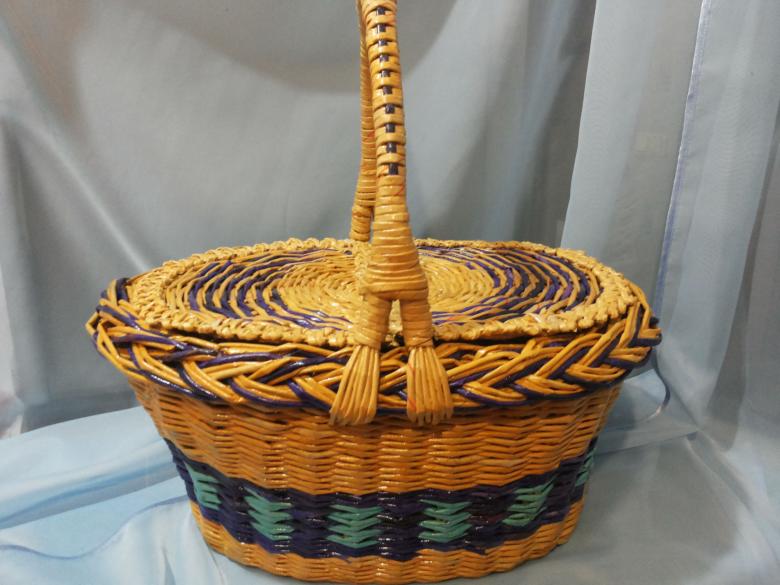
Then weave in all new horizontal strips until the walls reach the planned height. The remnants of the vertical base are tucked down and fastened between the top few rows. If necessary, handles or a lid of the product are made.
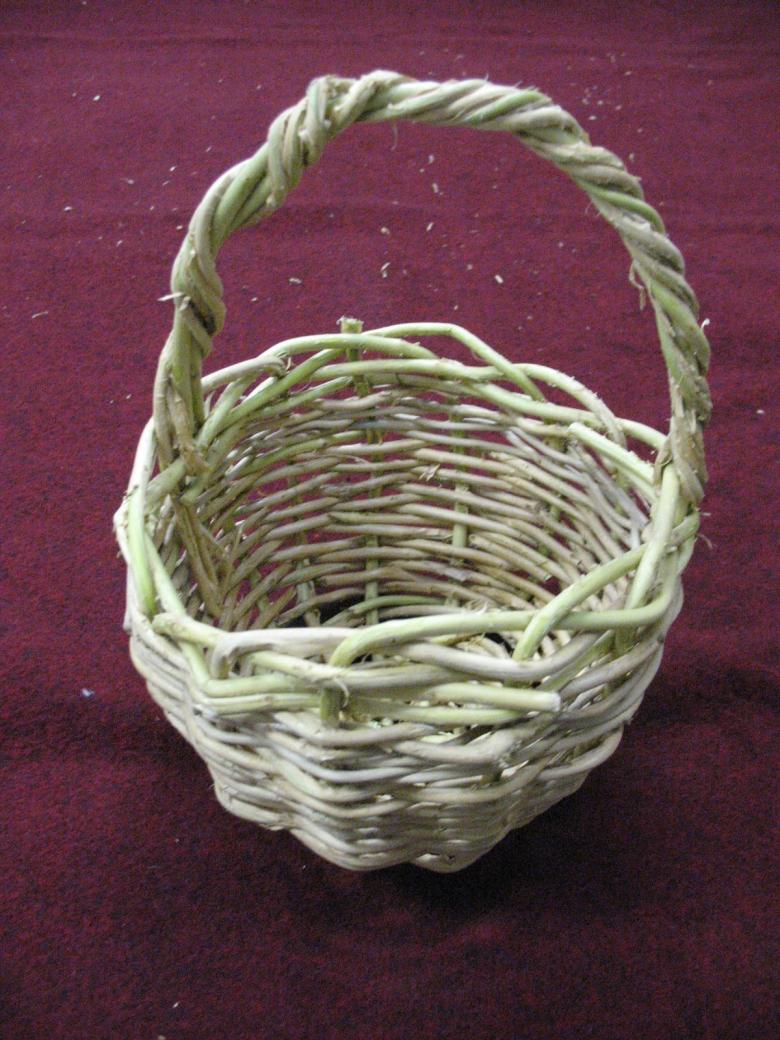
Weaving Techniques from Vine
Before you start, dry and seasoned wicker can be soaked in water for a few hours, so that they were more docile in the work. Mastering several basic weaving techniques of wicker baskets for beginners step by step should be from simple to complex.

In the simplest, direct method, each vertical rod is rounded by horizontal ones in turn, then from the inside of the basket, then from the outside. In this case, the number of standing rods should be odd, and the connection of the beginning and the end of the thin transverse branches is their overlapping, through three rods in the joints.
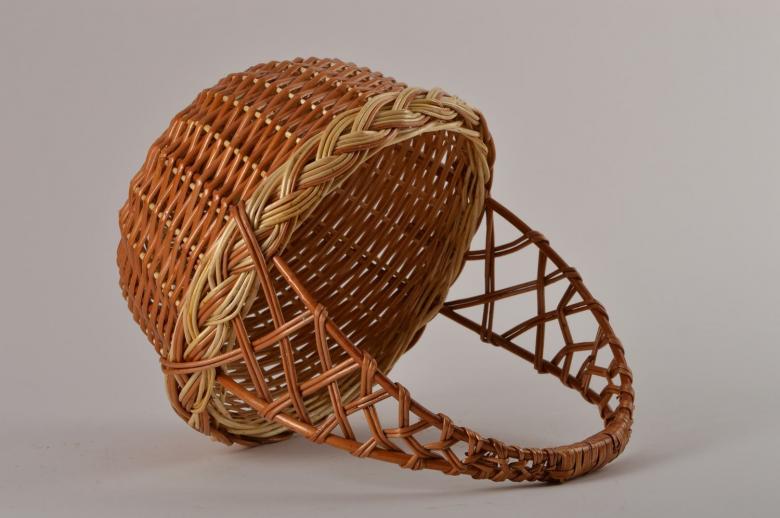
Weaving in rows is known to involve two thin rods at once, with which the vertical elements are braided on both sides at once, then shifted one over the other and wrapped around the next standing rod.
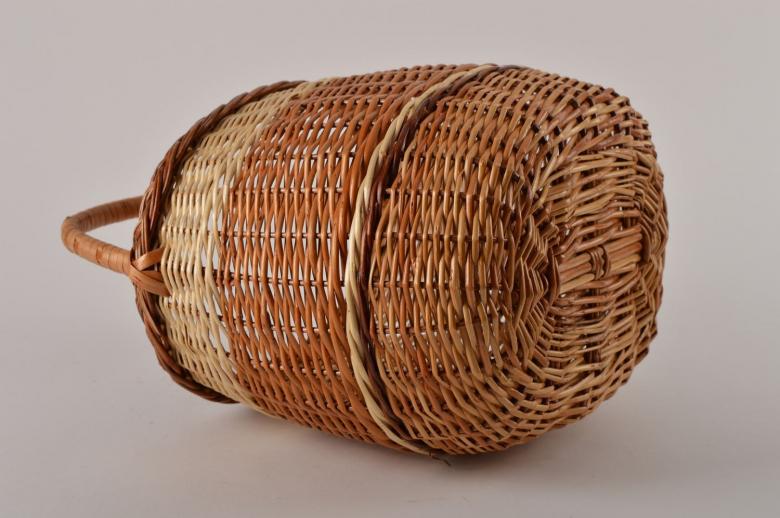
The product in this way can be made more transparent and openwork. If you weave cross vines through two stands in several rows, periodically changing the order, you can get a square or checkerboard weave.
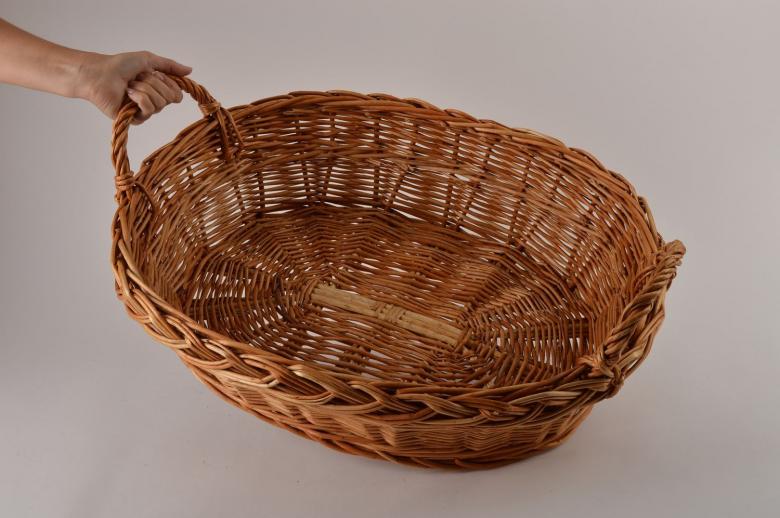
The rope method is the strongest and is obtained by twisting in the process of braiding not two cross rods, but three or more. It is important to always ensure that all sections of vine are stacked evenly and neatly, not obscuring adjacent ones and creating a clear pattern.
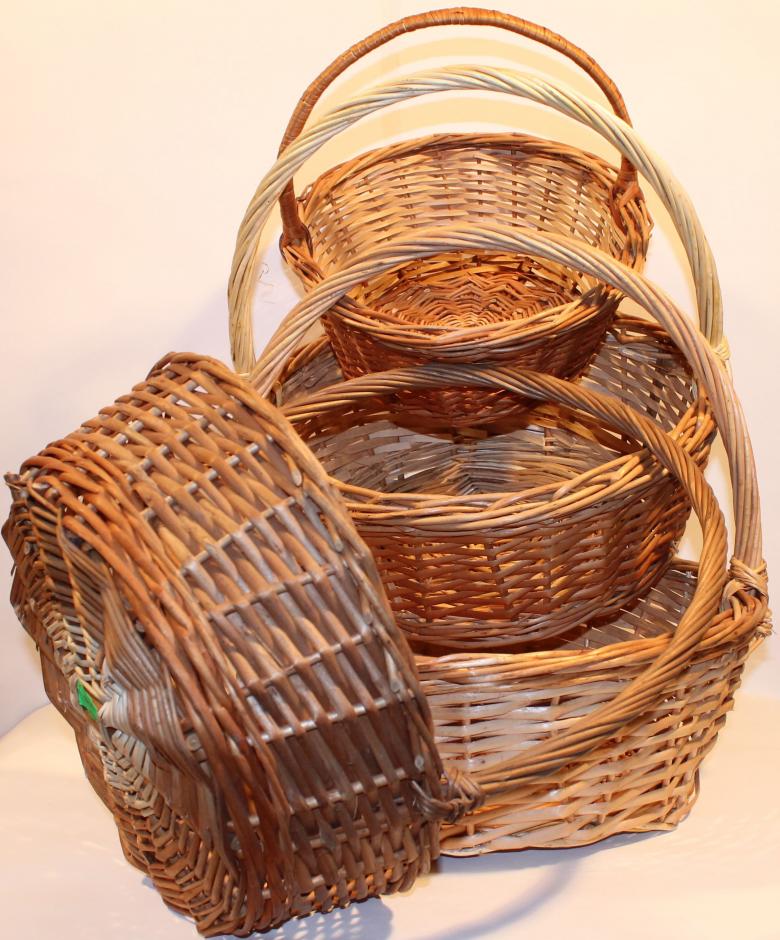
Handling and care of wicker products
Every craftsman is pleased to make as a gift and keep for many years a unique thing created with soul. No matter what the purpose of the product - planter, vase or rocking chair, it can be treated with natural or chemical products for greater durability.
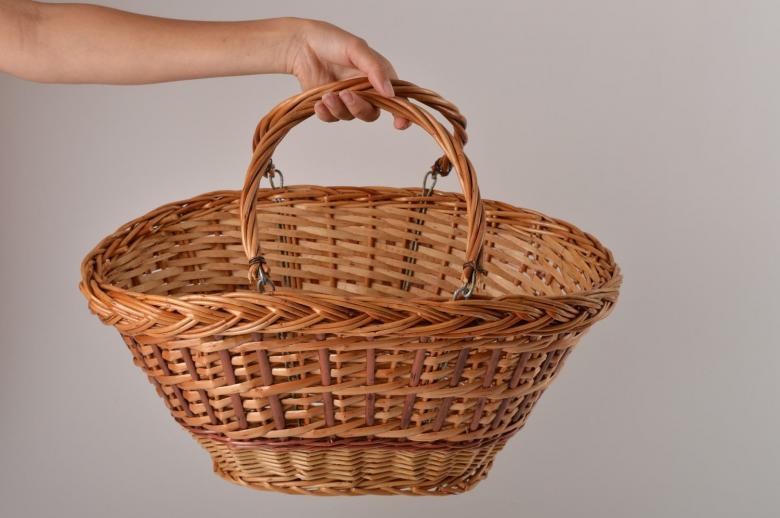
Dye the rods before weaving by putting the necessary amount to work in a tub with a diluted dyeing solution. Natural substances such as decoction of onion husks or nettles can be used as dyes.
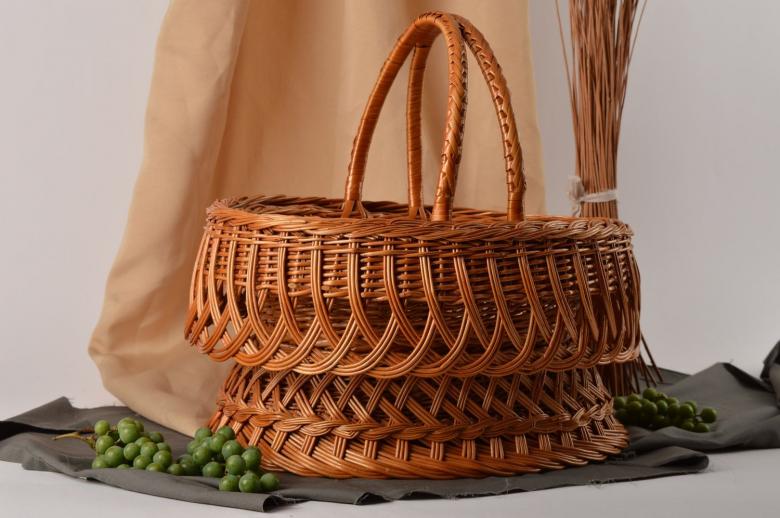
Also well preserve the wooden products of various stains, which are on sale in the form of powders for dilution with water or alcoholic solutions. After the work on the weaving of the product is finished, it can be covered with a water-based varnish. Clean the products from time to time can be dry rag and remember that the most wicker things are afraid of dampness.
